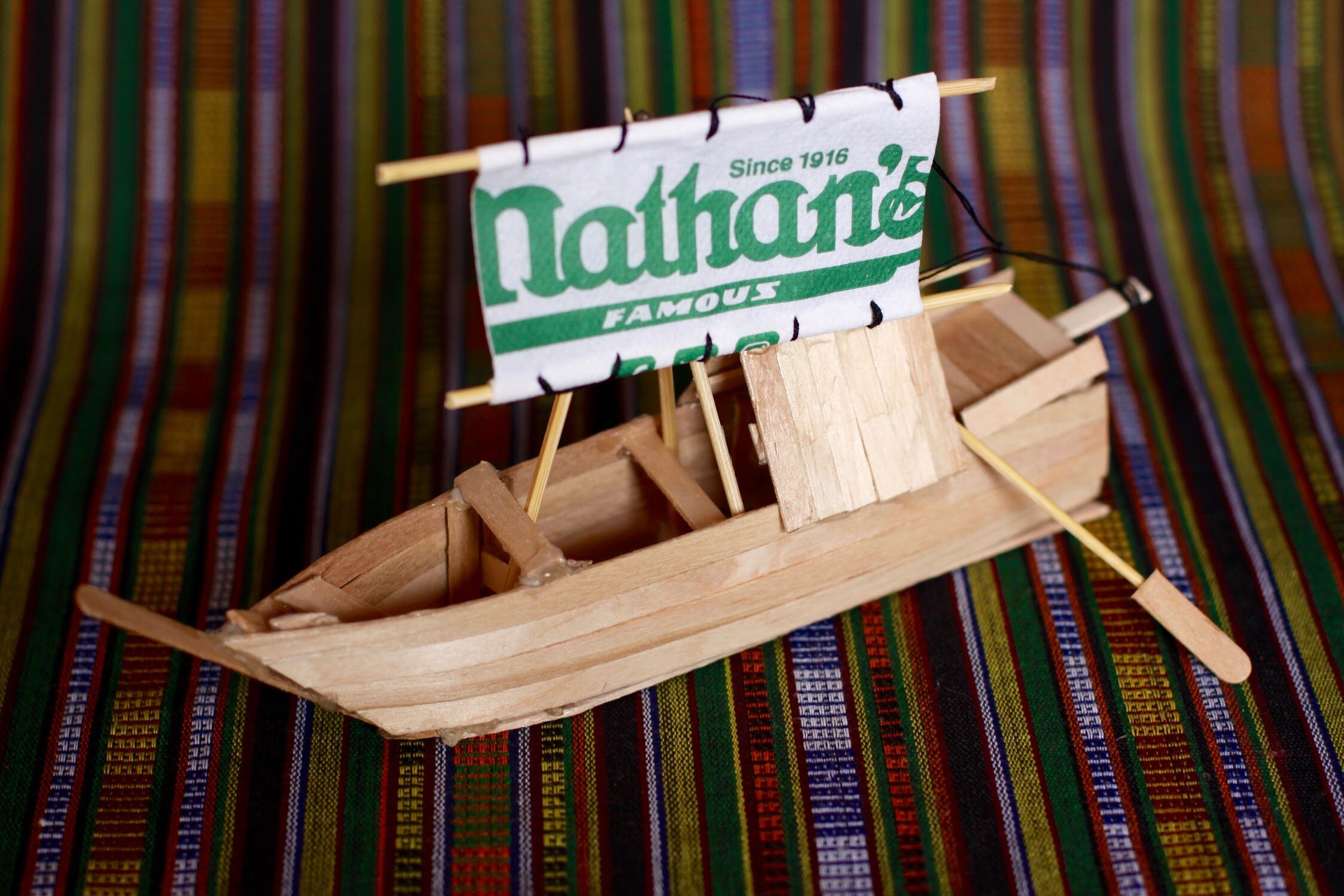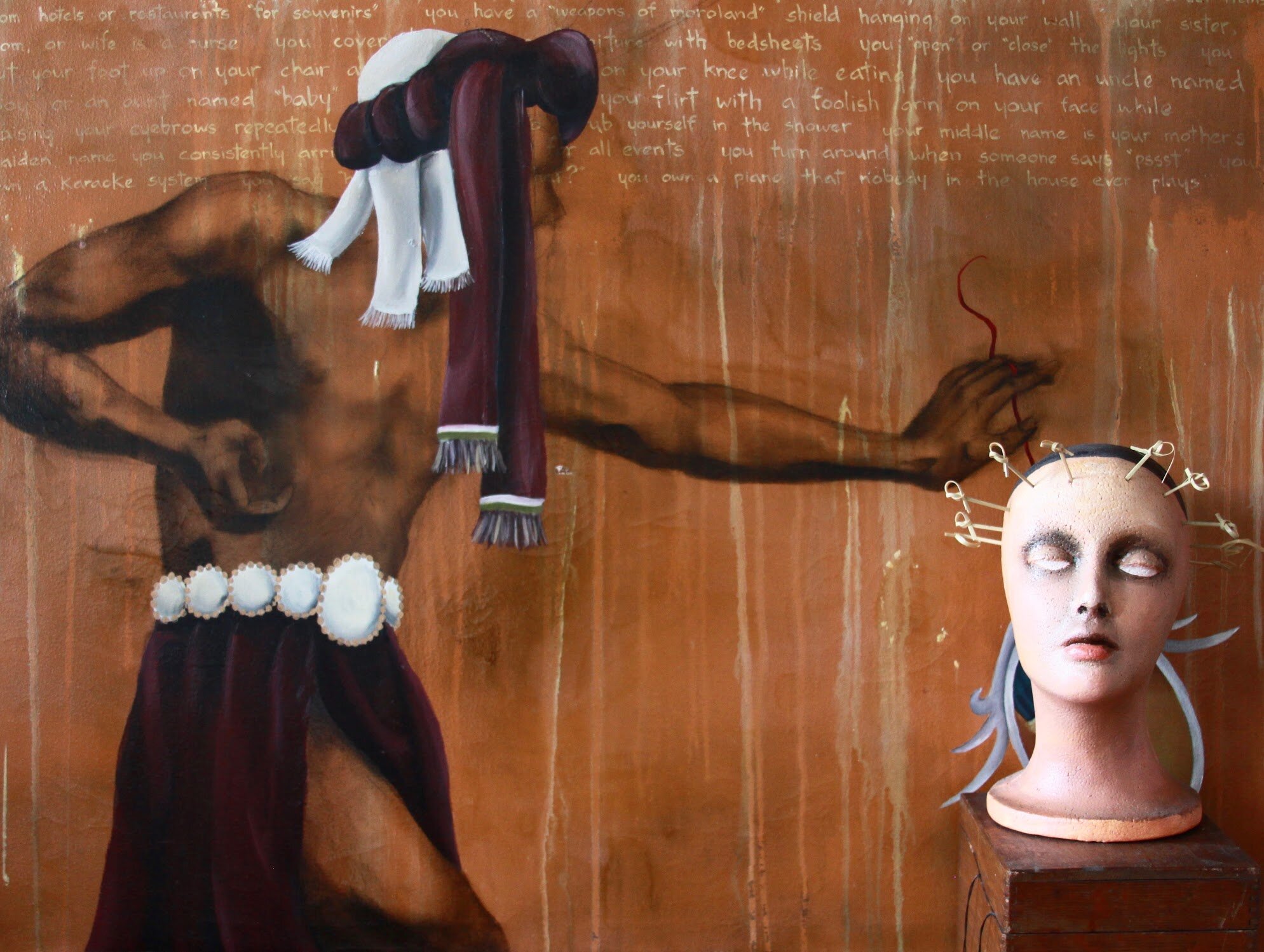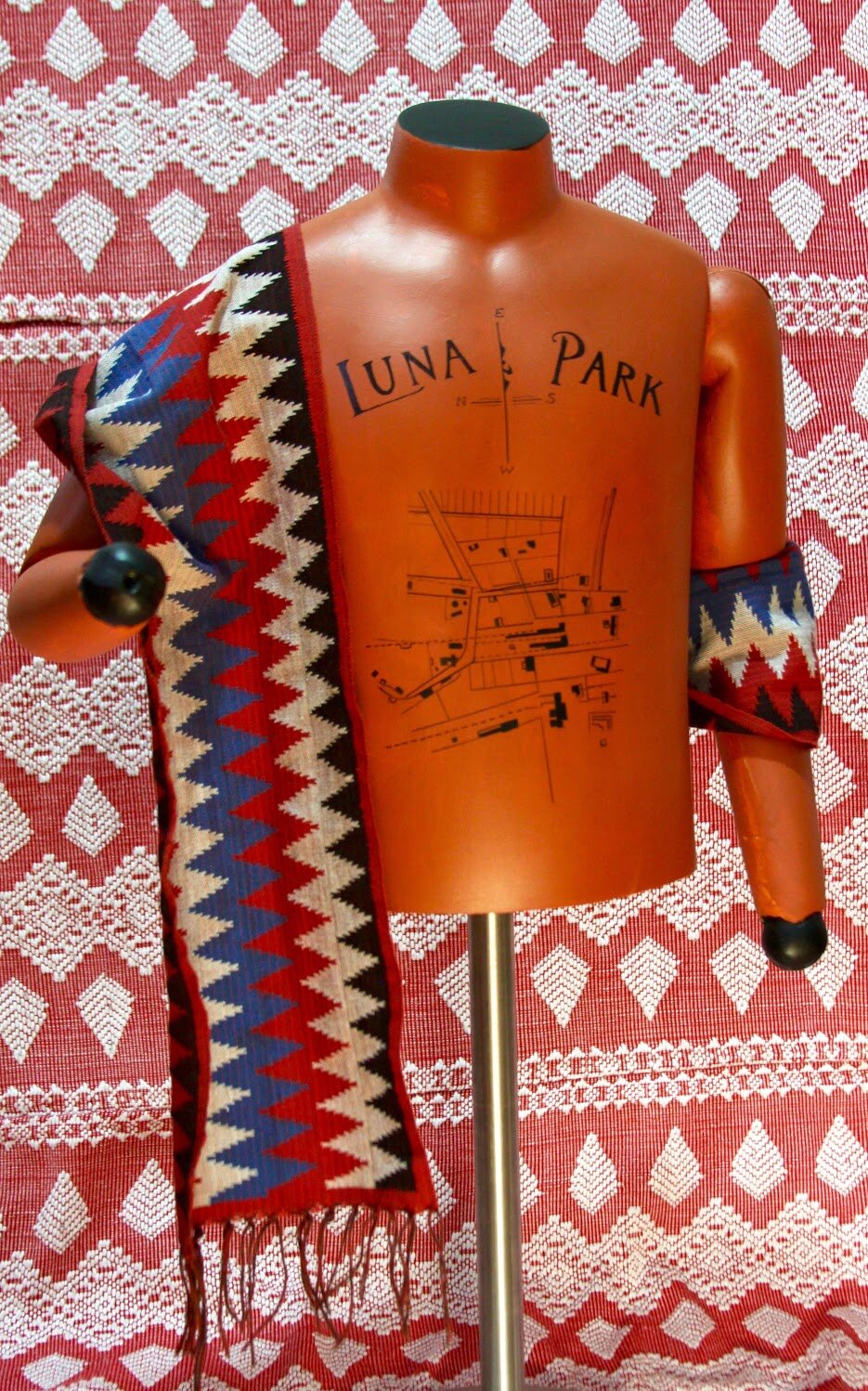Escaping Dreamland



In 1905, a group of indigenous people from the Philippines were displayed at Coney Island’s Luna Park as a spectacle for curious visitors. Truman Hunt, former lieutenant governor of the Bontoc region in the Philippines during the American occupation, recruited native Igorot from the region and offered compensation of $15 a month to showcase their customs and culture to the American public. He rounded up fifty recruits to travel to New York and set up the Igorrote Village display. By the spring of 1905, several straw huts emulating their native homes housed the Filipinos in an enclosure for the viewing pleasure and entertainment of American families.
They were hardly in clothes. Their bodies had tattoos all over them. They had hunted heads in their home—and the dogs. Dogs were brought from the New York pound, chopped up, and put in a pot, and then people watched the Igorrotes eat the stew. This behavior scandalized Americans but also captured their imagination. But the zoo quickly came to be seen as shameful, and something Americans didn’t want to remember, that people were exhibited in this manner, so it was forgotten.
-Linda Qiu, National Geographic
Throughout the duration of the display, Hunt scheduled daily performances such as dog-feasting, headhunting ceremonies, and burial rituals which occurred infrequently or on special occasions in their home. The Igorots performed daily through the late hours of night and were prevented from leaving the enclosure. Hunt had found fame and success through the Village, but was said to have stolen wages and have taken inadequate care of the Igorots. The US government investigated the claims and accused him of embezzling over $9,000 in wages and stolen fees for souvenirs created in the Village. Fleeing to avoid prosecution, he was eventually arrested in the fall of 1906. By then, the government intervened and sent most of the Igorots back to the Philippines, except for five who stayed to serve as witnesses in the case and were finally returned home in the spring of 1907.
In the series Escaping Dreamland, Francis Estrada explores the plight of the Igorot, imagining an alternate set of conditions and possibilities for them. Conjuring images and objects as tokens of comfort or tools of escape, he dreams new futures for the Igorot and highlights the inhumane origins of the American pleasure industry.
Object
Tokens of Comfort, Tools of Escape
Body of Water
Lower Bay, the Atlantic Ocean
About the Artist
Born in the Philippines and currently residing in Brooklyn, Francis Estrada is a visual artist and educator. In his work, he interrogates how visual cues found in historical photographs, mass media, political propaganda, and personal archives influence or inflect social or cultural narratives. By playing with the presentation of allusive (often figural) imagery, he creates spaces that are uncannily recognizable yet opaque. As figuration is understood to derive meaning from its varying distances from naturally occurring forms, or reality, it holds special meaning in constructing personal and social histories. His objective is to play with the nature of that correspondence.
